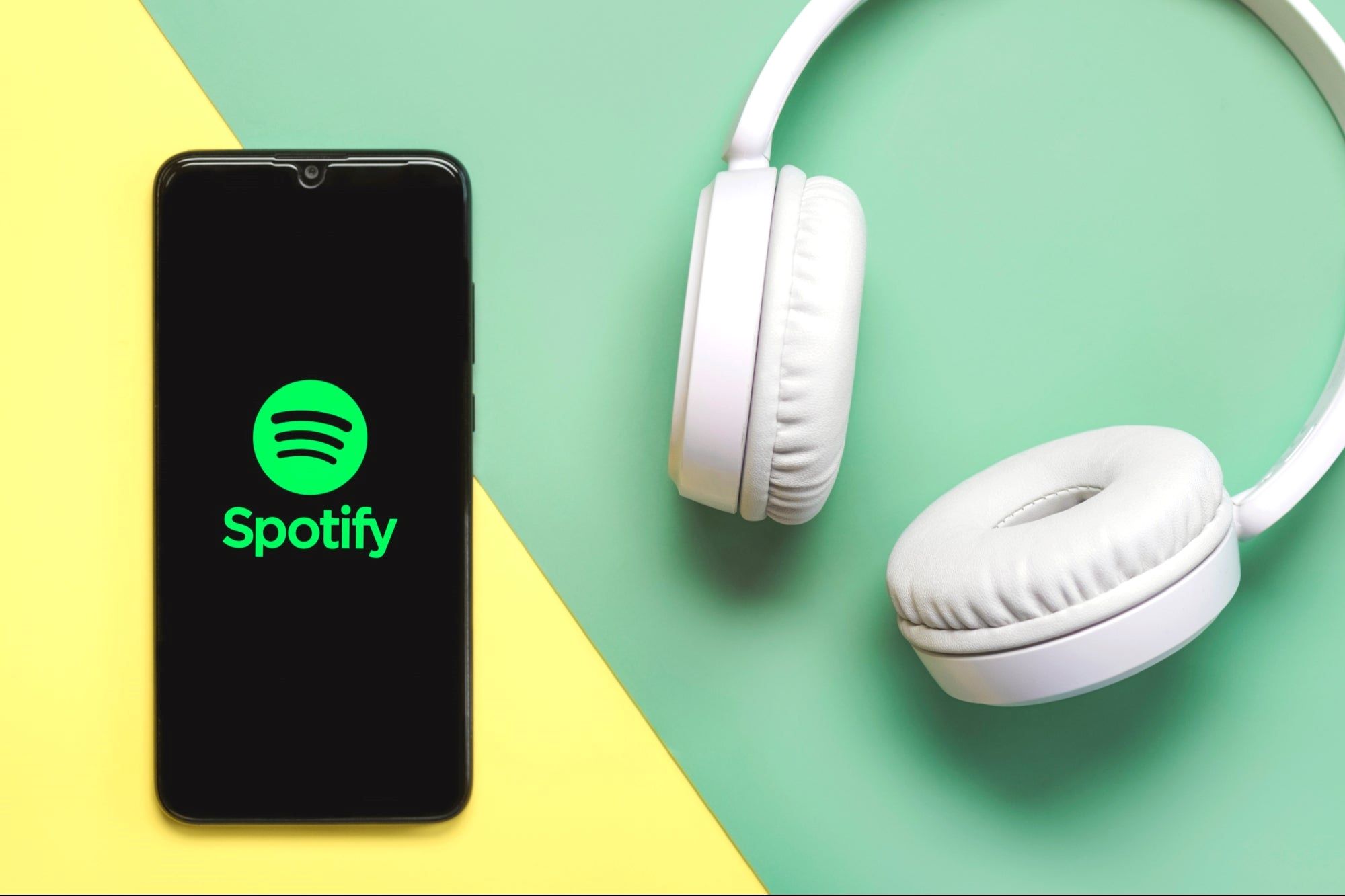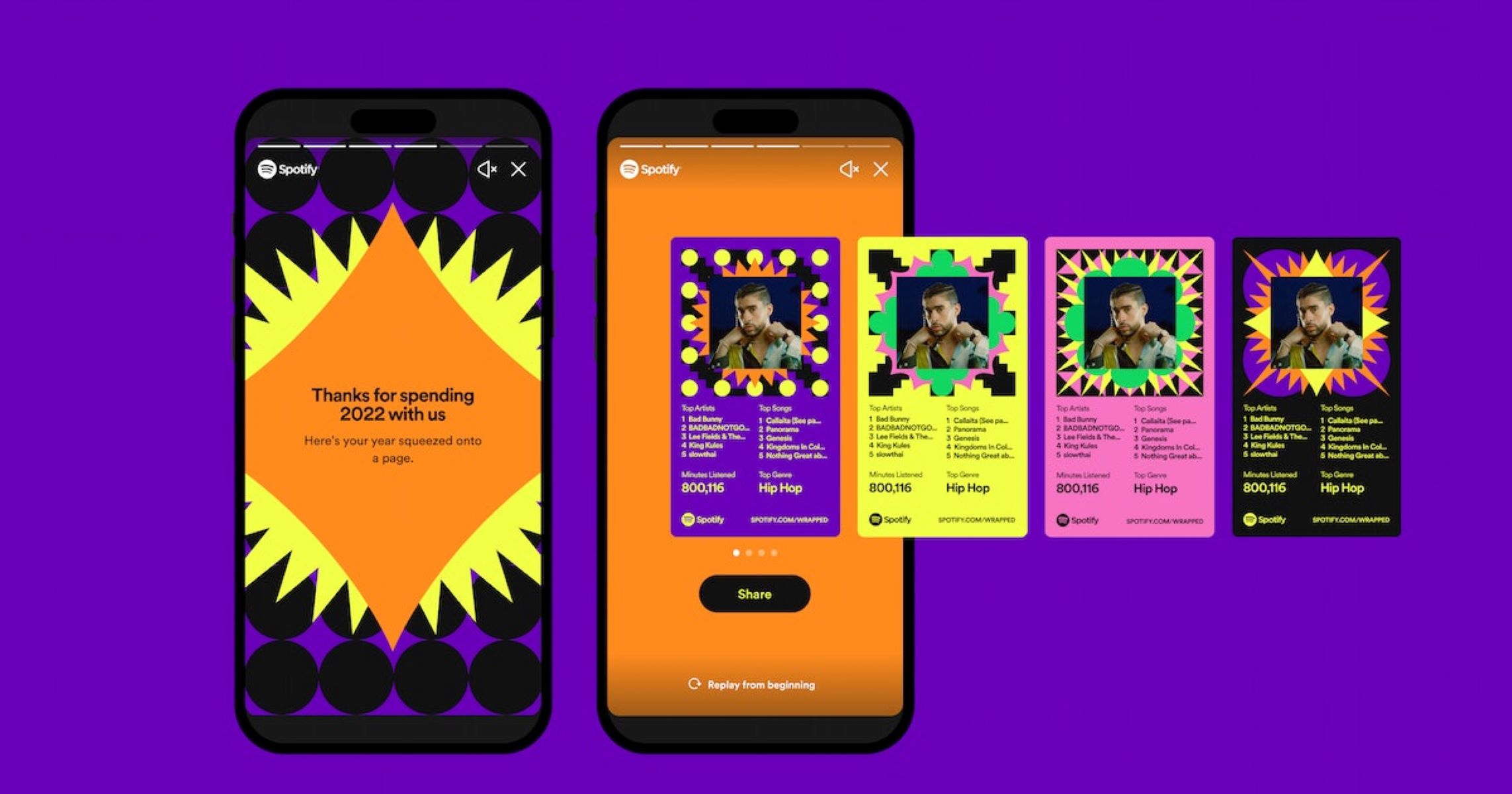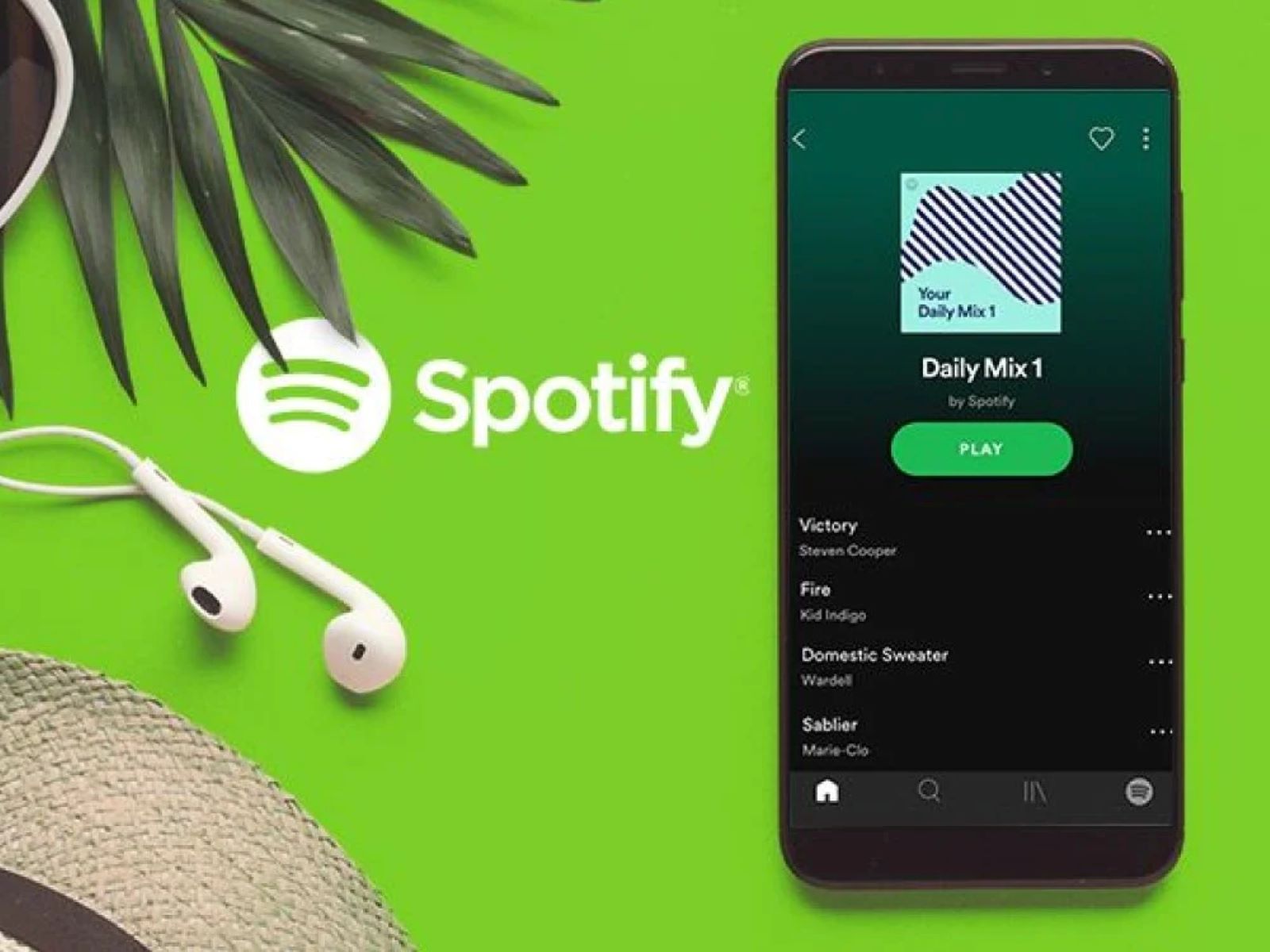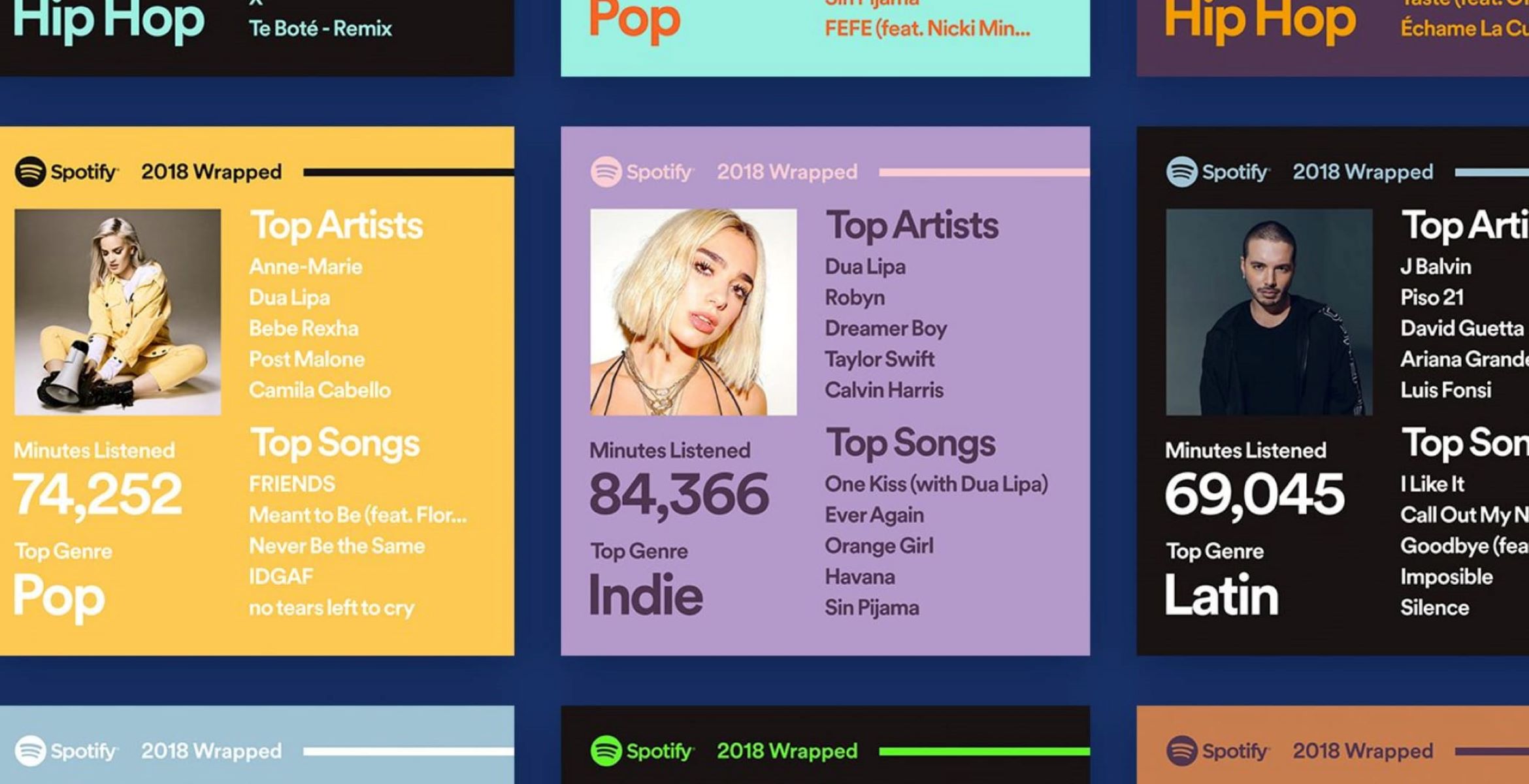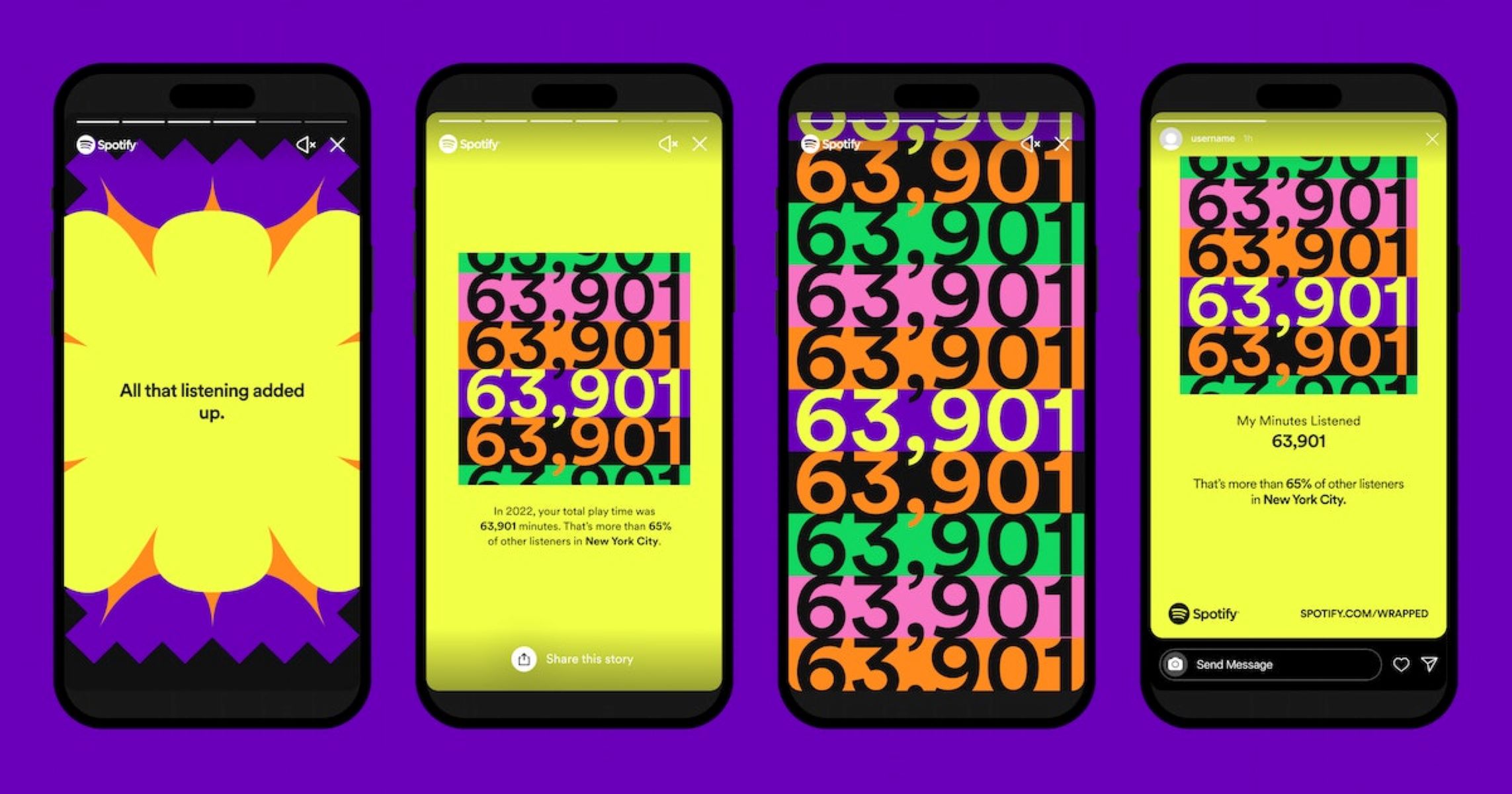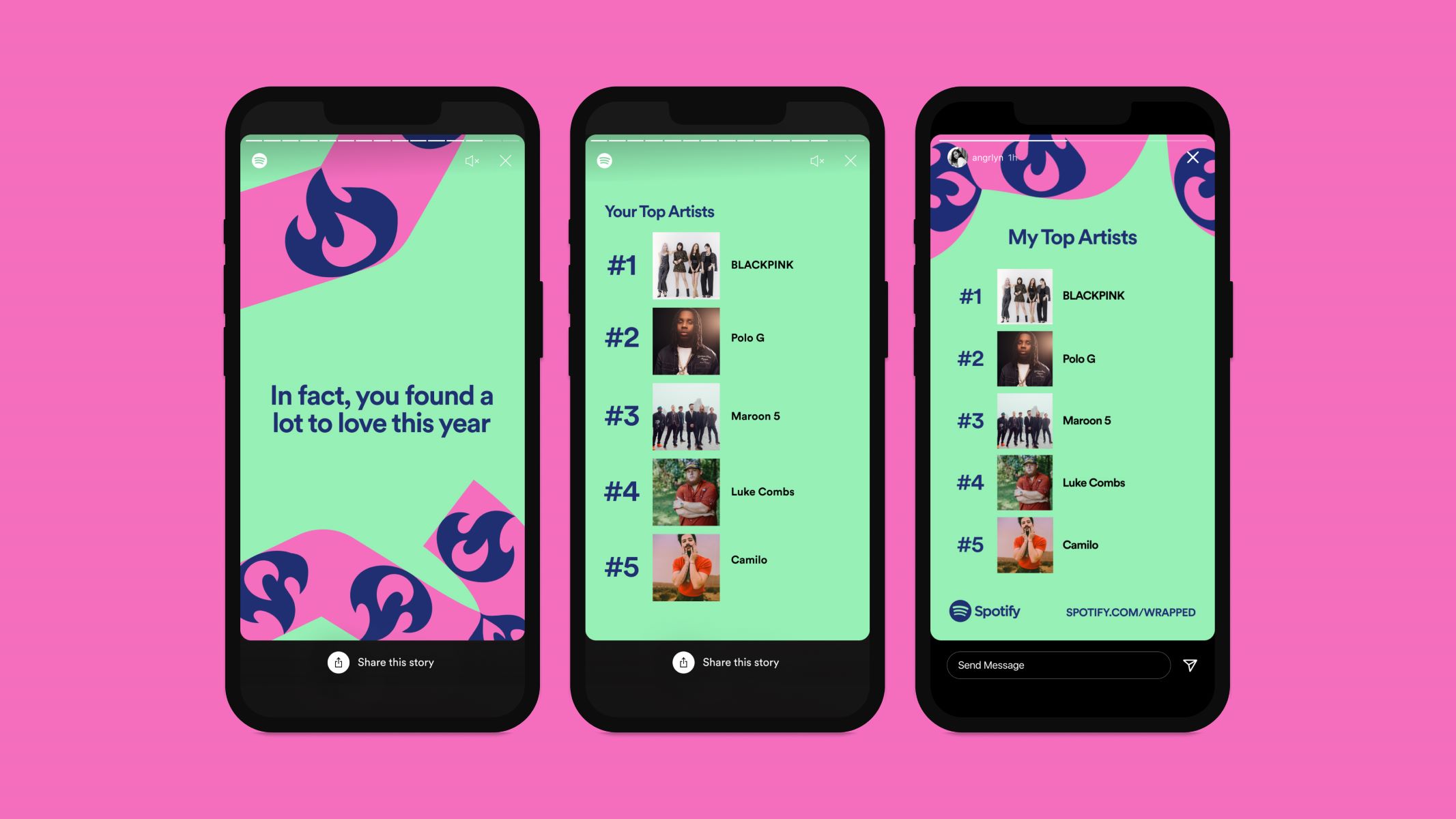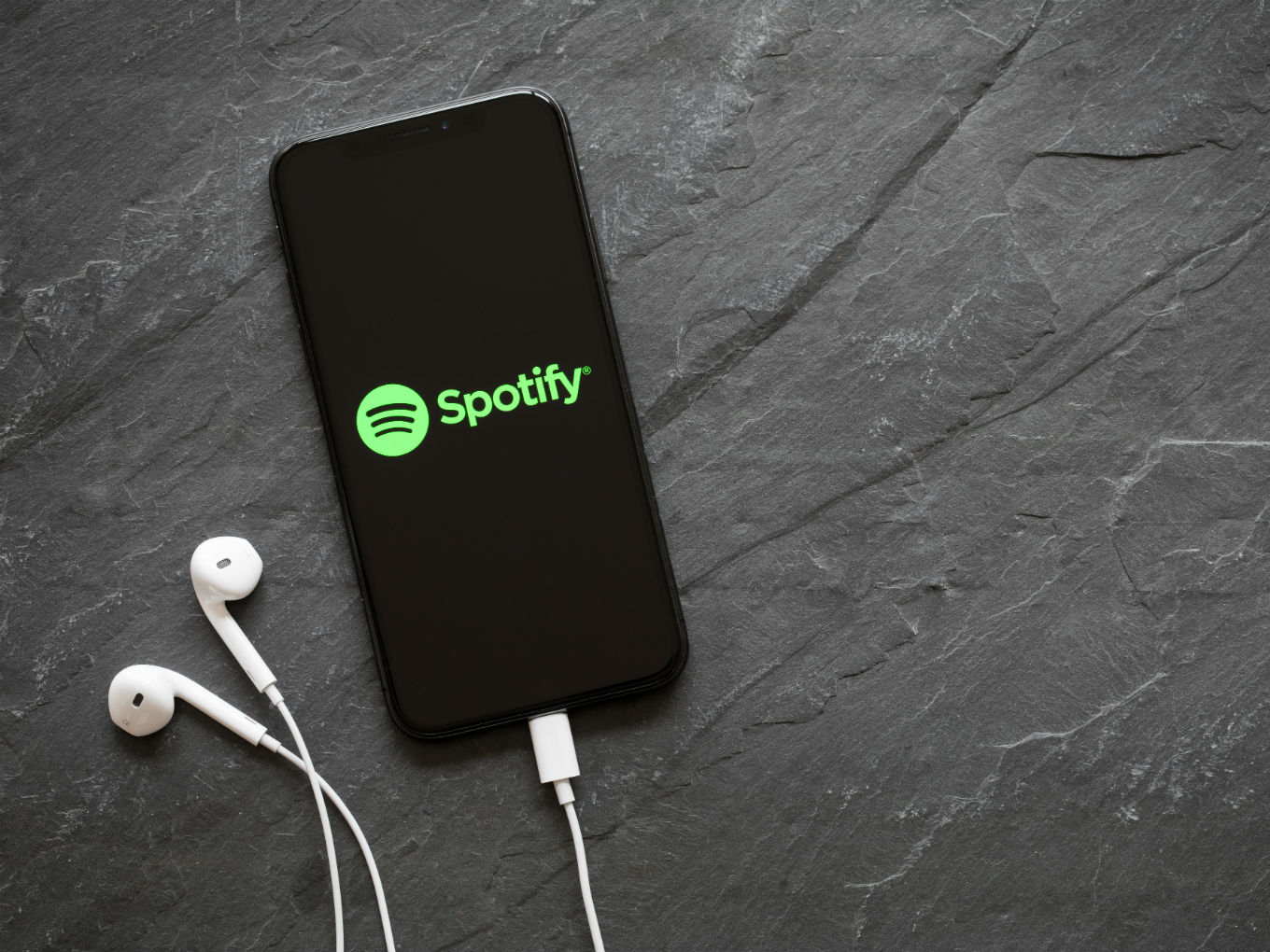Introduction
Since its inception, Spotify has revolutionized the way we listen to music. Its emergence in the digital music landscape has dramatically changed the music industry, providing users with convenient access to millions of songs and artists at their fingertips. Launched in 2008, Spotify has grown to become one of the most popular music streaming platforms worldwide.
With its user-friendly interface and extensive music library, Spotify quickly gained a devoted following of music enthusiasts craving a personalized music experience. As the first on-demand streaming service of its kind, Spotify paved the way for the digital music revolution and disrupted traditional music consumption methods.
As of 2021, Spotify boasts over 345 million monthly active users, and its user base continues to expand. The platform’s success lies in its ability to cater to the diverse and ever-evolving music tastes and preferences of its users.
Through its innovative features, curated playlists, personalized recommendations, and collaborative playlists, Spotify continues to create a seamless and immersive listening experience for its users, allowing them to explore new artists, genres, and songs they may have never discovered otherwise.
This article explores the birth of Spotify, its early years and expansion, key innovations and features, global domination and partnerships, as well as its controversies and legal battles. Join us on this journey as we delve into the fascinating story of how Spotify revolutionized the music industry and solidified its position as the go-to music streaming platform.
The Birth of Spotify
In 2006, Swedish entrepreneurs Daniel Ek and Martin Lorentzon embarked on a mission to transform the way people access and enjoy music. They envisioned a digital music platform that would provide unlimited access to a vast library of songs, while compensating artists and creators fairly.
Two years later, in October 2008, their vision materialized with the launch of Spotify. Originally available only in Sweden, Spotify offered users a groundbreaking combination of an ad-supported free tier and a premium subscription service, providing unlimited, on-demand music streaming.
At its core, Spotify aimed to combat rampant music piracy prevalent at the time by offering a legal and accessible alternative. Its founders believed that if they could provide a compelling and user-friendly service, people would be willing to pay for music again.
One of the key factors that set Spotify apart from other streaming services was its ability to negotiate licensing deals with major record labels. This allowed Spotify to offer users a vast catalog of songs from both established artists and emerging talent.
From the onset, Spotify focused on delivering a seamless and intuitive user experience. The platform’s minimalist design and easy-to-navigate interface drew users in, challenging the notion that music had to be physically owned to be enjoyed.
Within a year of its launch, Spotify had gained significant traction, amassing a user base of over one million users in multiple countries. As demand for the service grew, so did Spotify’s ambition to expand globally and solidify its dominance in the music streaming market.
Despite facing initial resistance from some music labels and artists who were skeptical about the potential impact on their revenue, Spotify persevered. The platform’s success in securing licensing agreements and generating revenue through its freemium model propelled it forward, paving the way for a new era of music consumption.
With the foundations firmly in place, Spotify was ready to embark on an extraordinary journey of growth, innovation, and industry disruption.
Early Years and Expansion
Following its successful launch, Spotify quickly gained momentum and expanded its reach beyond its home country of Sweden. In 2009, the platform introduced its services to the United Kingdom, followed by other European countries, including France, Germany, and Spain.
One of the key factors that contributed to Spotify’s rapid growth was its freemium model, offering both free and premium subscription options. This allowed users to enjoy ad-supported streaming for free, while providing added benefits, such as ad-free listening and offline playback, to paying subscribers.
As Spotify gained popularity, it continued to forge partnerships with major record labels and independent artists, further expanding its music library and catering to diverse genres and tastes. This enabled Spotify to provide a comprehensive music experience to its ever-growing user base.
In 2011, Spotify made its entry into the United States, a highly competitive music market dominated by the likes of Apple and Pandora. Despite facing stiff competition, Spotify’s user-centric approach and seamless integration with social media platforms, such as Facebook, allowed it to carve out a significant market share in a short span of time.
Alongside expanding its geographic reach, Spotify also sought to enhance the user experience through continuous innovation. In 2013, the platform introduced the concept of curated playlists, handcrafted by music experts and algorithms, catering to specific moods, occasions, and genres. This personalized approach to music discovery set Spotify apart from its competitors.
Recognizing the growing trend towards mobile usage, Spotify launched its mobile app in 2012. This breakthrough not only provided users with the freedom to listen to their favorite music on the go but also paved the way for Spotify’s expansion into the booming mobile market.
As Spotify gained an increasing number of subscribers, it also faced criticism and backlash from some artists and musicians who felt the royalties paid by the platform were insufficient. This sparked an ongoing debate about the fairness of streaming services in compensating artists for their work.
Nevertheless, these challenges did not deter Spotify’s momentum. The platform continued to expand its user base, forming strategic partnerships with telecom companies, device manufacturers, and other media platforms. These collaborations allowed Spotify to reach even more potential users and solidify its position as the frontrunner in the music streaming industry.
In the next section, we will dive deeper into the innovative features and advancements that contributed to Spotify’s global domination.
Innovations and Features
As Spotify expanded its user base and geographical reach, the platform continued to introduce innovative features and enhancements to enrich the music listening experience for its users.
One of the standout features of Spotify is its algorithm-driven recommendation system. By analyzing users’ listening habits, Spotify’s algorithms generate personalized playlists, such as the “Discover Weekly” and “Release Radar,” which introduce users to new artists and songs they may enjoy based on their preferences. This tailored approach to music discovery has become a cornerstone of the Spotify experience.
In 2015, Spotify introduced its “Running” feature, which combines music with personalized pace-based playlists to accompany users during their workouts. This feature demonstrates Spotify’s commitment to catering to the diverse needs and preferences of its users in various activities and settings.
Recognizing the significance of social sharing, Spotify integrated closely with popular social media platforms, allowing users to connect their accounts and share their favorite music with friends and followers. Collaborative playlists were also introduced, enabling users to create and curate playlists together with friends, further enhancing the social aspect of music discovery on Spotify.
Spotify’s commitment to supporting independent and emerging artists is evident through its “Spotify for Artists” program. Through this initiative, artists gain access to valuable insights about their listeners, analytical data, and the ability to promote their music to a global audience, empowering them to take control of their music careers.
In recent years, Spotify has embraced podcasting as a major addition to its platform. The company invested heavily in acquiring podcasting networks, securing exclusive podcast content, and developing tools for podcast creators. This move has expanded Spotify’s offerings beyond music, providing a one-stop platform for users to enjoy both music and a wide range of podcast content.
Spotify’s dedication to creating an inclusive space for audio content extends to accessibility features as well. The platform introduced features like “Canvas,” which adds looping visuals to selected songs, and “Playlist Enhancements,” where users can add descriptions, images, and donate to charitable causes through their playlists.
Furthermore, Spotify’s continuous efforts to refine its user interface and improve user experience have been evident through regular updates and redesigns. These updates aim to simplify navigation, enhance search functionality, and offer a visually appealing and intuitive interface.
With a firm focus on user satisfaction, Spotify remains committed to innovation, ensuring that its platform evolves to meet the changing needs and preferences of its diverse user base.
Global Domination and Partnerships
As Spotify solidified its position as a leading music streaming platform, it continued its global expansion, reaching new markets and forging strategic partnerships along the way.
By 2017, Spotify had expanded its reach to over 60 countries worldwide, cementing its status as a truly global player in the music streaming industry. This rapid expansion was fueled by partnerships with telecommunications companies, enabling Spotify to bundle its premium service with mobile plans, offering users even more value and convenience.
Recognizing the importance of staying at the forefront of technological advancements, Spotify entered into partnerships with major tech companies. In 2014, Spotify teamed up with Sony to bring the music streaming service to PlayStation consoles, allowing users to enjoy their favorite music while gaming. Similar partnerships followed with other tech giants such as Samsung, Google, and Amazon, further extending the platform’s accessibility and reach.
An essential milestone in Spotify’s journey was its initial public offering (IPO) in 2018. Going public enabled Spotify to raise significant capital and increase its market valuation, further bolstering its position as a dominant player in the music streaming industry.
In addition to its global expansion, Spotify focused on partnering with musicians and content creators to offer exclusive content to its users. The platform secured exclusive album releases, live recordings, and documentary series, giving artists a unique platform to connect with their fans while providing Spotify users with exclusive and immersive content.
One of the significant partnerships that had a profound impact on Spotify’s growth was its integration with Facebook. In 2011, the two companies collaborated to allow users to seamlessly share their favorite songs and playlists on the popular social media platform. This integration helped Spotify gain widespread visibility and reach millions of potential users.
Furthermore, Spotify’s commitment to finding innovative ways to support artists led to the creation of Spotify for Brands. This platform provided opportunities for brands to connect with Spotify’s engaged audience through targeted advertising, sponsorships, and brand partnerships. These collaborations not only benefited Spotify and its artists financially but also showcased the power of music and branding coming together.
As Spotify continued to dominate the music streaming market globally, it also branched out beyond music. In recent years, the platform expanded its offerings to include audio entertainment, acquiring podcast networks and securing exclusive podcast content. This move diversified Spotify’s content library and positioned it as a leader in the rapidly growing podcast industry.
Through strategic partnerships, international expansion, and diversifying its offerings, Spotify has demonstrated its commitment to continuous innovation, market dominance, and enriching the user experience.
Controversies and Legal Battles
As Spotify grew in popularity and disrupted the traditional music industry, it faced its fair share of controversies and legal battles that tested its resilience.
One of the significant controversies surrounding Spotify is the issue of artist compensation. Some artists and musicians argue that the royalties paid by streaming platforms like Spotify are not sufficient to support their livelihoods. This debate sparked discussions on the fairness and sustainability of streaming revenue for artists.
Furthermore, Spotify faced legal challenges and copyright infringement lawsuits from major record labels and individual artists. These lawsuits alleged that Spotify had failed to obtain proper licenses and pay appropriate royalties for the songs available on its platform. Although these legal battles were resolved through settlements or licensing agreements, they served as a reminder of the complex legal landscape surrounding digital music distribution.
In addition to copyright disputes, Spotify also encountered backlash regarding its opaque algorithms and playlist curation. Critics argue that these algorithms favor popular and mainstream music, making it challenging for lesser-known artists to gain visibility and fair exposure. This raised concerns about the impact of algorithmic curation on music diversity and the discovery of new talents.
Spotify’s approach to content moderation and handling controversial artists also drew criticism. The platform faced public scrutiny for promoting or featuring artists who were accused or convicted of misconduct, leading to debates surrounding the responsibility of streaming platforms in addressing problematic content.
Furthermore, Spotify’s expansion into new territories and negotiations with local music industries resulted in disagreements and conflicts with local authorities and music organizations. These disputes highlighted the challenges of navigating the diverse regulatory environments of different countries and the need for continuous dialogue and collaboration.
Despite these controversies and legal battles, Spotify has consistently worked towards achieving better artist compensation and improving its practices. The platform has initiated projects such as the Spotify COVID-19 Music Relief fund to support struggling artists during the pandemic, and it continues to explore new ways to ensure fair and transparent music streaming practices.
Spotify’s journey has been marked by challenges and hurdles, but the platform’s ability to confront controversies head-on and adapt to a rapidly evolving industry showcases its commitment to growth, accountability, and artist partnerships.
Conclusion
The birth and rise of Spotify have forever transformed the music industry. From its humble beginnings in 2008, Spotify has revolutionized the way we discover, access, and enjoy music. Its user-centric approach, innovative features, and extensive music library have made it the go-to music streaming platform for millions of users worldwide.
Through strategic partnerships with record labels, tech companies, and artists, Spotify has successfully expanded its reach globally, dominating the music streaming market. Its commitment to supporting both established and emerging artists through exclusive content, analytics, and promotional opportunities has further solidified its position as a crucial player in the music ecosystem.
However, Spotify has not been without its share of controversies and legal battles. The issues surrounding artist compensation, copyright infringement, and algorithmic curation have sparked debates and challenges within the industry. Nonetheless, Spotify has consistently worked towards addressing these concerns and finding innovative solutions to create a more equitable and diverse music streaming platform.
As Spotify looks towards the future, it continues to evolve and diversify its offerings. The platform’s foray into podcasting and audio entertainment demonstrates its commitment to providing a comprehensive audio experience to its users.
Spotify’s success story serves as an inspiration for aspiring entrepreneurs and highlights the transformative power of disruptive innovation. It has paved the way for a new era of music consumption, where personalization, accessibility, and convenience are paramount.
With a user base of over 345 million monthly active users, Spotify shows no signs of slowing down. Its dedication to delivering an exceptional music streaming experience and fostering connections between artists and listeners continues to drive its growth and impact in the industry.
As technology continues to evolve and consumer preferences shift, Spotify remains at the forefront, adapting and iterating to meet the ever-changing demands of music lovers worldwide. Its remarkable journey is a testament to the enduring power of music and technology to shape our culture and enhance our lives.







